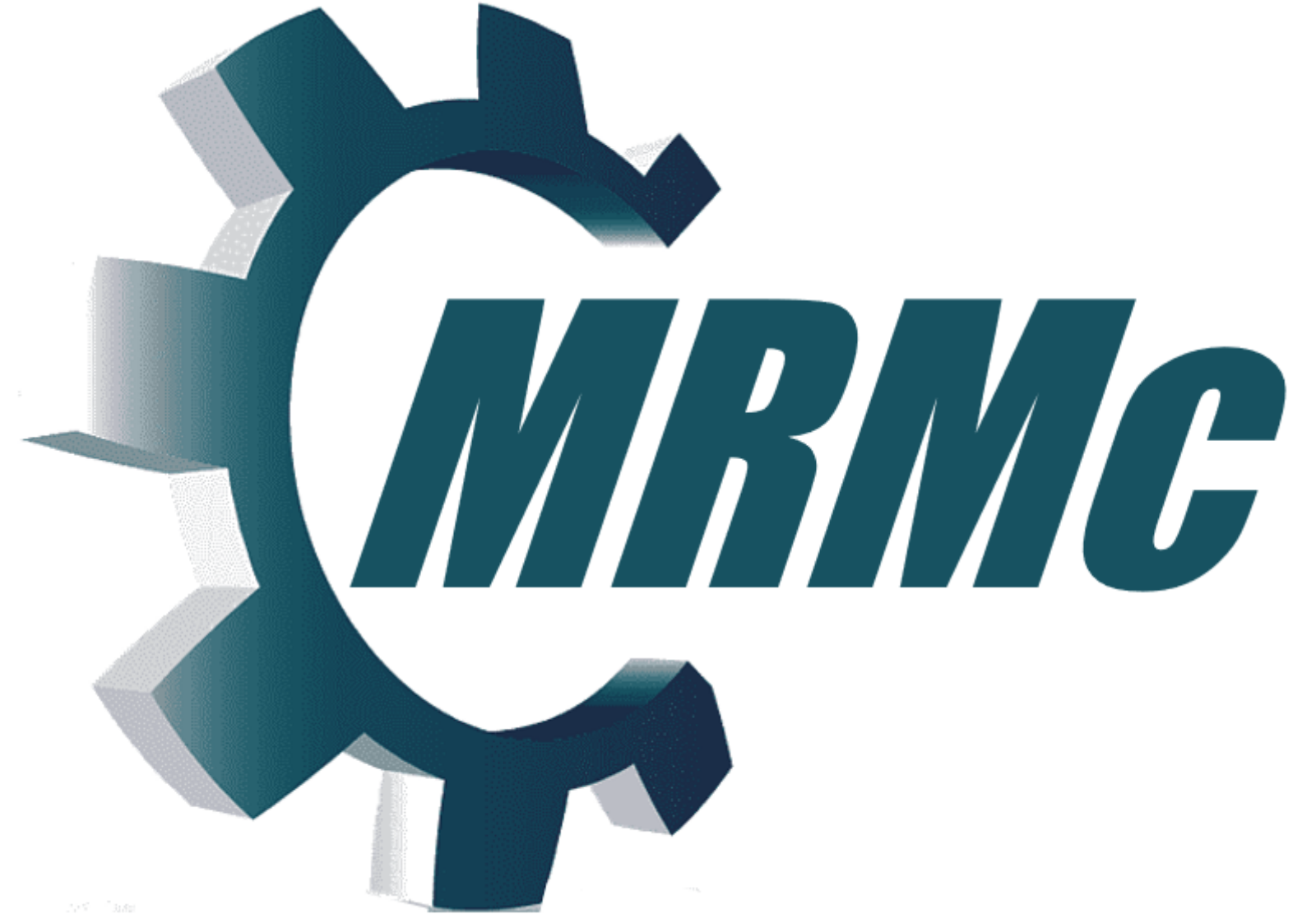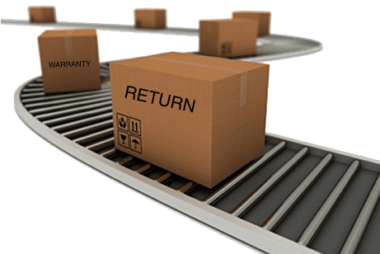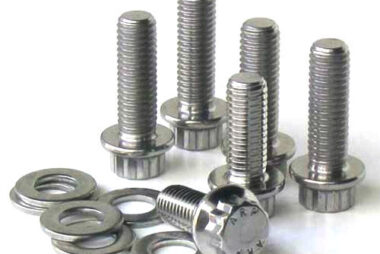Even in the Aviation industry the largest disturbances are caused by the product manufacturing processes. Those failures account for more than 60% of the total of failures. Manufacturing caused failures are mostly found during the first year of use and represents the Infant Mortality Failure Rate (IMDR). The remaining failures of the total reliability performance of a product are not caused by the manufacturing processes. Imaging that when manufacturing is done in a lesser controlled environment as being used for avionics those Infant Mortality failures will even becoming more. Whereas the other failure modes like the constant or wear out failure modes stay the same. When manufacturing small series and this includes more manual labor this will contributes even more to the total of Infant Mortality Failures.
Infant mortality failures causes high warranty cost for the product manufacturer. Furthermore this has already caused disruptions during the manufacturing process resulting in time/cost loss, rework, testing and even scrap.
Three step Program
How to bring the infant mortality to an acceptable level could be done in a three step program. This is most effective during the design phase where design changes can be easly implemented.
First step is to determine what an acceptable Infant Mortality Defect Rate of the product is.
Second step is to predict which failures will happen in the future when using these manufacturing processes and parts. This step will result in a TOpX of the most contributing processes or parts.
Step three is to use the TopX for mitigating these processes and parts to an acceptable level by a design change, process improvements and as last resort adding a test.
Get the manufacturing Risk Mitigation started
To do this analyses step two is automated. This is done starting with a Bill of Material (BoM) of the product. Based on the BoM a Bill of Processes (BoP) can be generated out of the BoM. The governing principle behind this is that every process which is being used to manufacturer the product is coupled to a part in the BoM. Based on the BoM/BoP list the parts and processes which caused in the past an Infant Mortality failure are evaluated against a database. The database contains information over parts and processes which are causing failures. The next step is to create a TopX list of processes and parts which contribute most to the Infant Mortality failures. Here again the BoM/BoP list is being used but now the process capability of the manufacturer is added to the BoM/Bop list resulting in a list of the process and part contributions.
Consultancy
What we do at MRMc is to help you find an acceptable contribution of the infant Mortality defect rate in your product. Based on this outcome in number of failures in % or DPMO the manufacturing documentation is used for creating an analysis of your product. Discuss the outcome with the product designer to avoid those parts or processes responsible for an Infant Mortality failure in the design documentation. With this agreed design documentation the manufacturing risks are being generated resulting in a TopX list of contributing processes and parts to the Infant Mortality failures. Last step is solving the TopX processes and parts until the agreed Infant Mortality Defect Rate.





